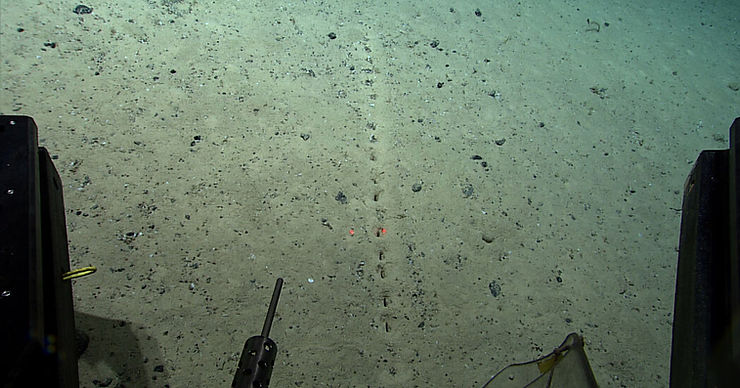By: Thomas Yan
A sea voyager utilizing a remotely worked vehicle tracked down openings in the sand along a volcanic edge at the lower part of the Atlantic Ocean. Around twelve arrangements of openings looking like tracks of lines were seen on the sea depths north of the Azores, close to Portugal’s central area, on July 23. In the Azores Plateau, a submerged region where three structural plates merge, there were four additional sightings about seven days after the fact, on Thursday.
There were around 350 miles between the endeavor’s underlying disclosure site and those openings, which were a mile down. Analysts are uncertain what the openings are, however they’ve experienced comparative markings previously, which they view as “lebensspuren,” German for “life follows,” which allude to an organic entity established connections in dregs. The openings are separated at least 4 inches separated and the lines reaching out from 5 feet to in excess of 6 feet. They are asking themselves and people in general what’s causing those imprints on the sea depths?
During three endeavors that started in May and will finish up in September, NOAA specialists are looking for replies en route from Newport, R.I., to the Azores and back to Puerto Rico. Submerged volcanoes have a constant scope of life supporting intensity, and travelers are keen on what happens when those cycles are stopped. As indicated by Derek Sowers, campaign facilitator on board the NOAA transport Okeanos Explorer, they are giving close consideration to remote ocean coral and wipe networks, which are “probably the most important marine biological systems on the planet.”











